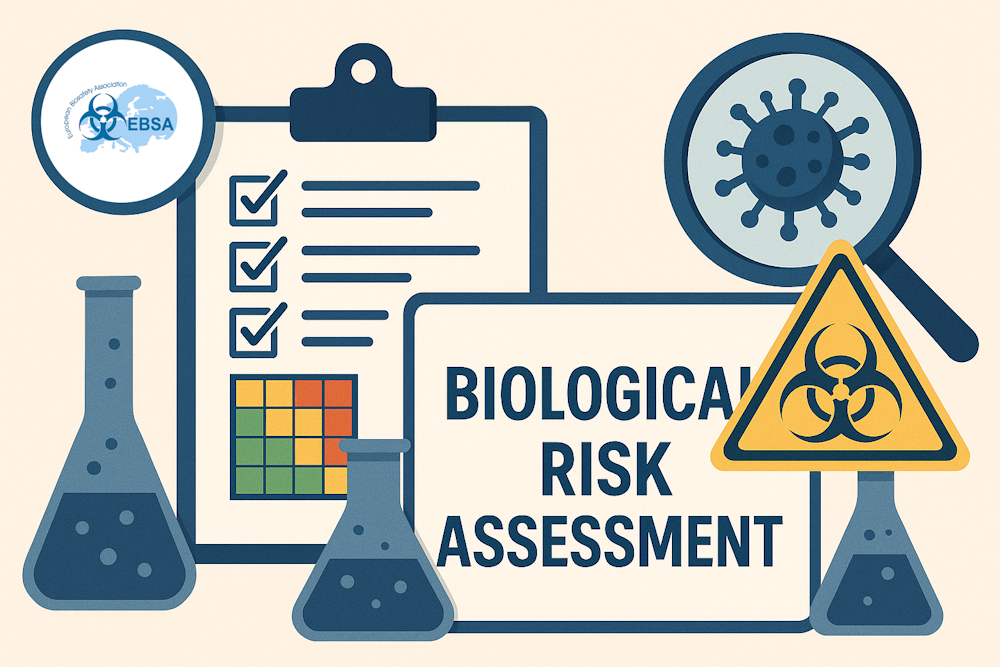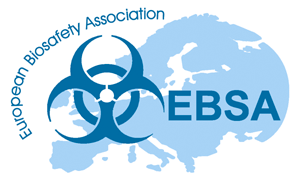Risk assessment
April 23, 2025 0 comments

The European Biosafety Association (EBSA) recognizes that risk assessment is a fundamental component of biorisk management. Best practices require that every procedure with biological hazards includes an assessment of the risks associated with the performed activities, including a definition of mitigation measures working with biological agents.
The European Biosafety Association (EBSA) recognizes that risk assessment is a fundamental component of biorisk management. Best practices require that every procedure with biological hazards includes an assessment of the risks associated with the performed activities, including a definition of mitigation measures working with biological agents.
EBSA actively promotes risk assessment within the biosafety profession by offering at least one (bio)risk assessment course in its annual pre-conference program. In 2025, in Maastricht, at the pre-conference courses, there will be three (bio)risk assessment courses available: one basic, one advanced, and one focused on biosecurity risk assessment. (You can book those courses here; About EBSA Conference 2025 and Preconference courses - European Biosafety Association)
Additionally, an introduction to risk assessment is available in the EBSA library. (e-Library - European Biosafety Association)
EBSA does not endorse any specific risk assessment system and acknowledges the existence of numerous effective systems. The World Health Organization (WHO) has provided a monograph on risk assessment that includes both short and long template documents for biological risk assessment (Laboratory biosafety manual, 4th edition: Risk Assessment). This monograph serves as a valuable guide for identifying hazards and selecting and documenting the appropriate controls, with authorization from senior leaders.
Other organisations provide bio-risk assessment tools and information that can be useful to establish your own templates. Furthermore, a comprehensive risk assessment should address all relevant risks, including chemical, environmental, electrical, physical hazards, and risks related to slips, trips, and falls.
When developing your own templates make sure they comply with your local/country regulations and are suitable and sufficient for your application.
Below are a few web links to other organisations risk assessment processes which could help identify the type of risk assessment that is suitable for your activities.
Biological Risk Assessment Process | Safe Labs Portal | CDC
WHO launches a mobile app for biosafety risk assessment
Canadian Biosafety Guideline: Conducting a Biosecurity Risk Assessment
